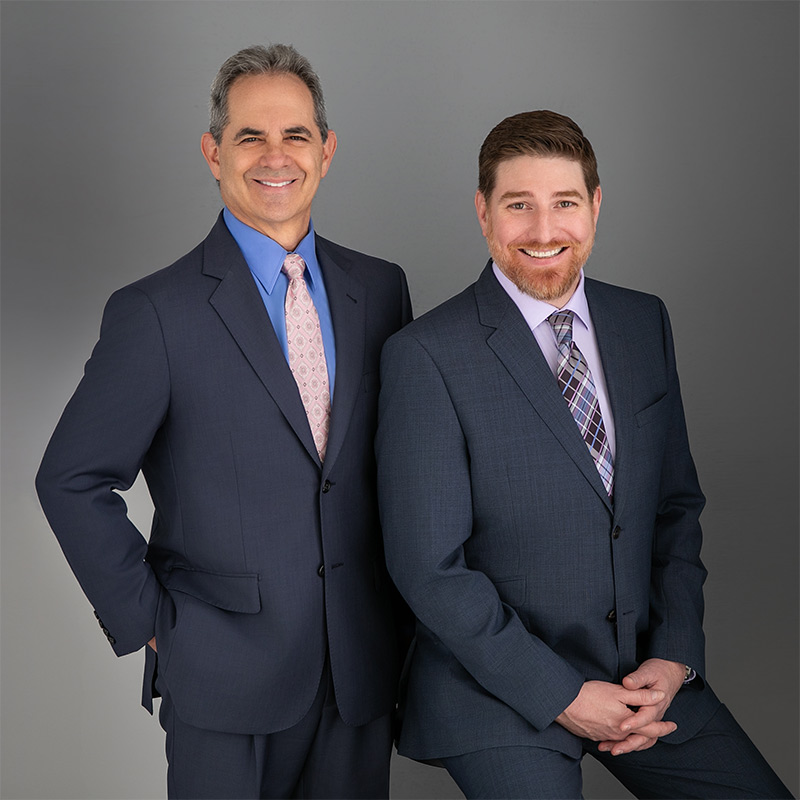We have been hearing about electric cars lately and how auto companies are pushing to get them on the roads, but what ever happaned to the hydrogen car. Beyond the test market, hydrogen-powered cars seemed to be nothing more than research and development, but with new hydrogen technology it is no longer the dangerous fuel we were reluctant to put on the roads.
At last month’s Los Angeles auto show Honda introduced the Honda FCX Clarity, the world’s first production fuel-cell car. Befor this, BMW was leading the way in hydrogen development with their Hydrogen 7, a V12 internal combustion engine that can be powered by gasoline as well as liquid hydrogen. With a price tag of at least $250 000 only 100 celebrities and politicians have received a loaner car for evaluation and to provide feedback. The honda fuel cell car would also be quite expensive to buy, but once it goes into production for the public, the price would significantly go down.
Like the electic car, there is the problem of “fueling up”. According to H2stations.org, a website that tracks hydrogen refilling stations, there are only 10 certified filling stations in Canada (and those are used for industrial purposes), 38 in Europe and 49 in the U.S. (with more than half in California).
Honda tried to address the infrastructure problem with its experimental Home Energy Station, a self-contained unit that converts natural gas into hydrogen, but burning natural gas to produce hydrogen seems to just defeat the purpose.
 Honda will be recalling approximately 1,850 2010 Acura ZDX vehicles for passenger side airbags. While no incidents have been reported, a manufacturing quality check revealed that some vehicles do not have the necessary laser-cut scoring on the underside of the dashboard surface material to allow the airbag to deploy properly. A simple visual check of the dashboard will be carried out, and if the vehicle does not have the proper scoring, it will be replaced.
Honda will be recalling approximately 1,850 2010 Acura ZDX vehicles for passenger side airbags. While no incidents have been reported, a manufacturing quality check revealed that some vehicles do not have the necessary laser-cut scoring on the underside of the dashboard surface material to allow the airbag to deploy properly. A simple visual check of the dashboard will be carried out, and if the vehicle does not have the proper scoring, it will be replaced.






